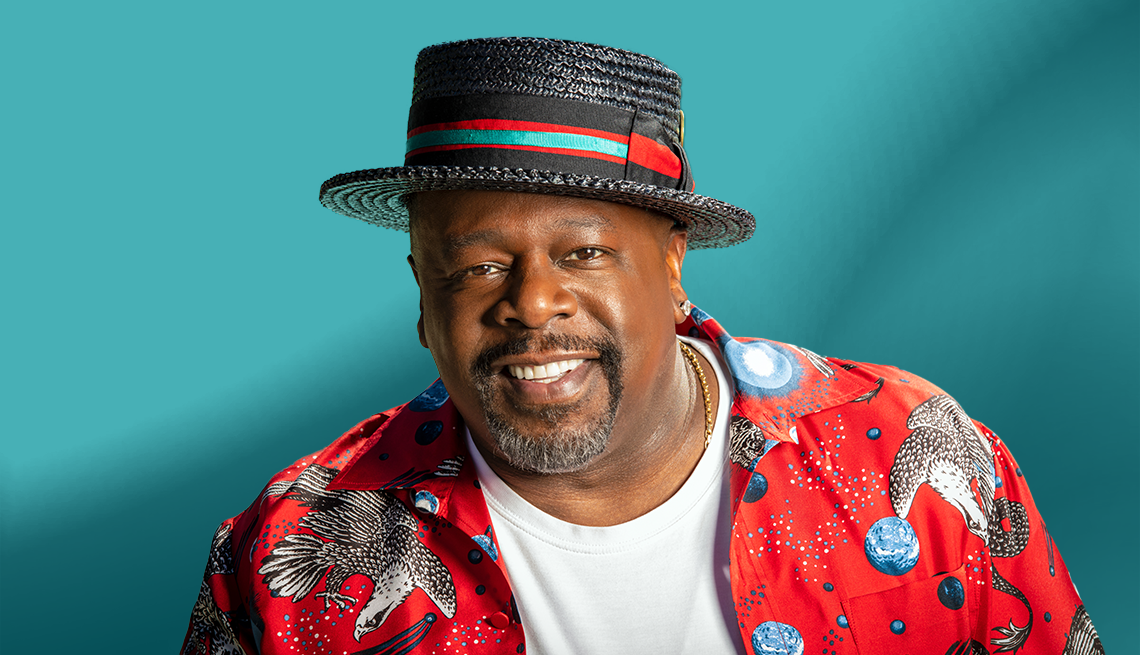
- Select a language for the TTS:
- UK English Female
- UK English Male
- US English Female
- US English Male
- Australian Female
- Australian Male
- Language selected: (auto detect) - EN
Play all audios:
Companies that hold on to older workers already have higher productivity, the Organization for Economic Cooperation and Development finds. But some employers, says Bain, have been slow to
recognize this — even as the changing workforce means they have less choice now. Other employers are making efforts to do better. CVS Health’s Talent Is Ageless program includes the option
of telecommuting, along with flextime, job sharing and compressed workweeks. A quarter of the company’s employees are over 50. A surprising number of Americans — three-quarters of them —
want to work past traditional retirement age, according to a Gallup poll, and many are staying employed significantly longer. The number of workers 75 and older is expected to have grown
roughly 86 percent in the decade ending next year, according to the Bureau of Labor Statistics, compared to an expected 5 percent increase during that period among workers of all ages. Not
all of them want to keep heading to the office full-time, however. Most, in fact, want to downshift to part-time work, Gallup finds. Flexible work options become more important with age, and
technology can empower this, too, by enabling people to work from home or independently. Part-time work arrangements are another option that give older workers and their employers more
flexibility. “[Flexibility] allows them to not only continue working, but also to decide how much they’re going to work,” Mudrazija says. “It facilitates the transition out of the labor
force. It doesn’t have to be a certain point in time where the activity stops. It becomes more of a transition.” ‘SOFT SKILLS’ COULD BECOME MORE VALUABLE Companies also need older workers
for the “soft skills” — teamwork, problem-solving, time management, critical thinking — that come with experience. AI doesn’t have these. “One can make an argument that AI may obviate the
need for many of the people who are highly specialized in some types of jobs, because it’s a technology that can do that same thing better,” Mudrazija says. “The question is, are we going to
have enough people who have very broad knowledge across many areas who can interact with this technology, who can direct it?” It’s almost like returning to the idea of the Renaissance
person, he says — “the person who is very broadly educated and knowledgeable but was not necessarily super-specialized in just one particular area. And there are a number of things that
older adults have that give them clear advantages over younger adults, as long as they are also willing to accept these changes that are coming and the need to continuously learn and adapt
to them.” And while the evidence suggests it’s too early to worry, Berg cautions that it’s also too early to know how things will play out. “You’re looking at a storm that’s swirling and
hasn’t settled,” he says. _Editor's note: This article originally was published on August 2, 2023. It has been updated with more recent information from an AARP Research survey._




